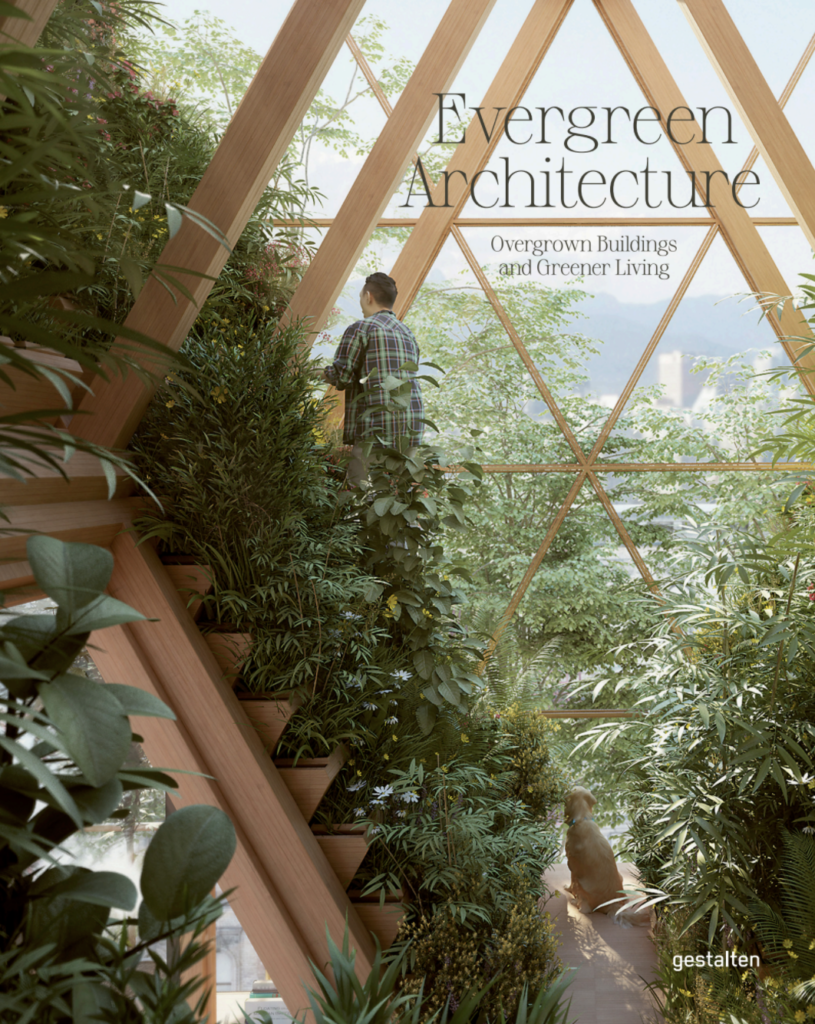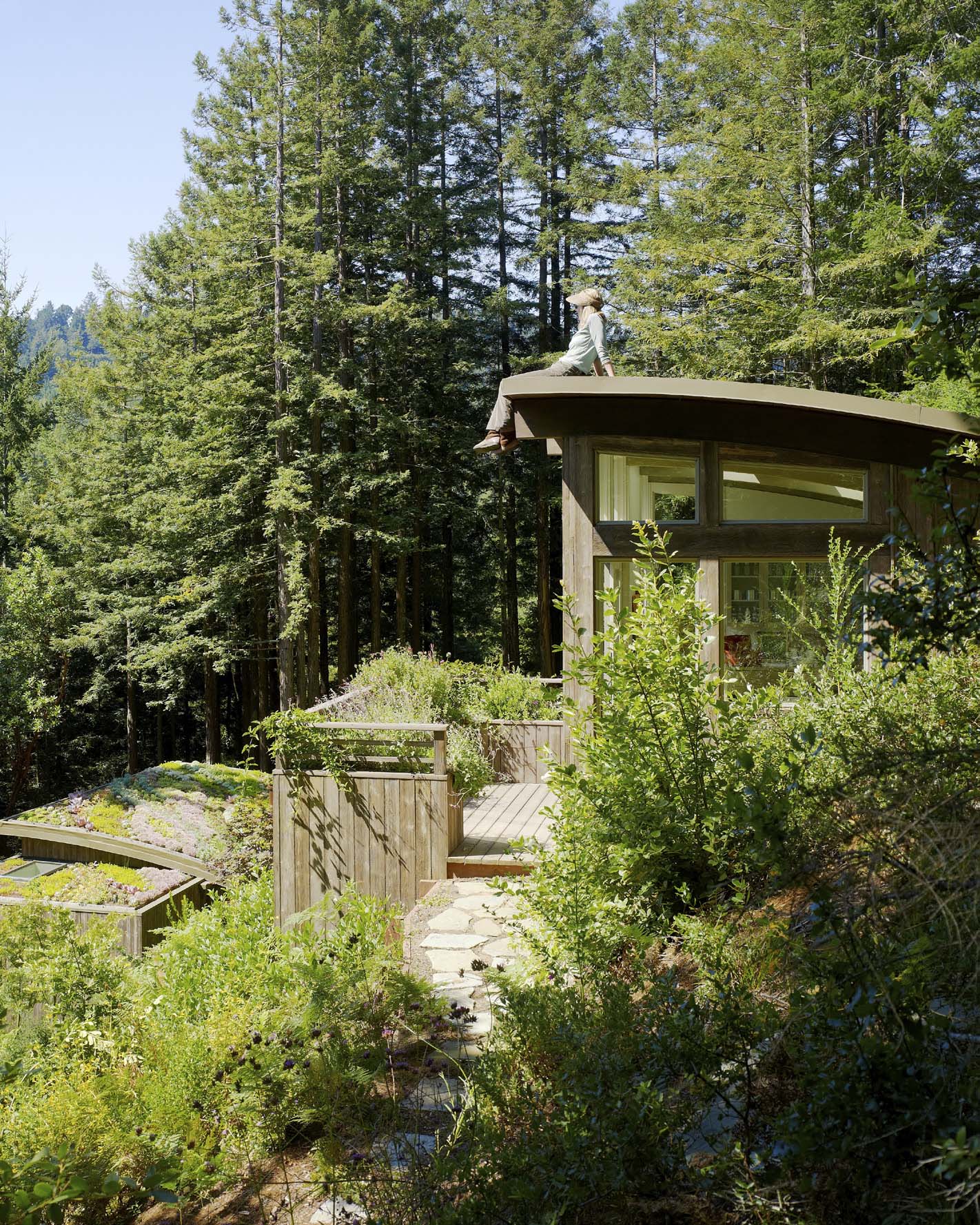Biophilic design, green architecture — call it what you will, there is a growing number of building professionals hoping to help revert the effects of construction and rapid urbanisation on global warming.
Evergreen Architecture: Overgrown Buildings and Greener Living, Gestalten

The good thing is that this environmentalist sentiment has now started to match artistic intent and green architecture no longer looks like awkward science experiments.
As eye candy, this book is a delightful amalgamation of global architecture and landscaping. Think Singapore-like mega structures with gardens protruding from various floors, expansive green walls, tree trunks rupturing through bedroom floors and ceilings, rooftop gardens that froth and spill onto surrounding nature.

These projects are a mixture of completed and idealised ‘artist’s impressions’ — such as the jaw-dropping Koichi Takada Urban Forest building in Brisbane — of what architecture could aspire to should it wish to really blend with nature, combat global warming, or just bring green respite to city dwellers. It is firmly backed by research around how these buildings can contribute to a healthier future for the planet and its inhabitants.

“But no movement is without its problems,” warns the book’s editor. “When greenery is applied as a hasty afterthought, or considered simply as an aesthetic trend, it is often counterproductive to environmental goals.”
A luscious must-have for anyone conscious of the challenges ahead and wanting ideas on how good design can help.




